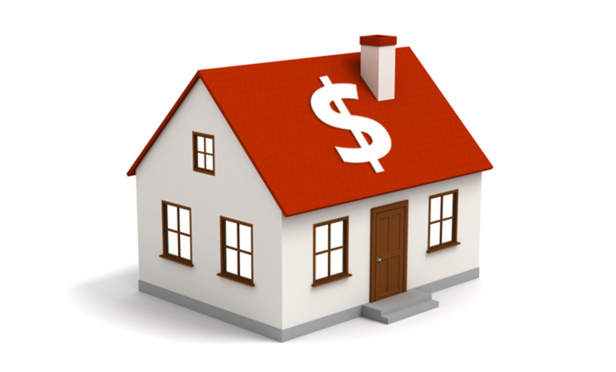Institutional real estate lenders and their counsel generally believe that leasehold mortgages are inferior to mortgages encumbering fee interests in real property. With a leasehold mortgage, the lender makes a loan secured by its borrower’s interest in a ground lease of real property owned by a third party, the ground lessor. This consensus view that fee mortgages are superior is based on the fact that real property mortgage collateral is tangible and will not terminate if a borrower defaults under the ground lease, an agreement with another party. By contrast, a leasehold is a contractual right granted by the ground lessor, which does not have independent, perpetual existence and may be extinguished under certain circumstances. Accordingly, lenders typically and reasonably prefer to secure their loans with fee interests, instead of leasehold interests, in real property.
When it comes to enforcing the lender’s remedies, however, the leasehold mortgagee may have an advantage over its “better-secured” fee mortgagee counterpart. By reason of the different nature of the leasehold mortgage loan, in the unfortunate event that the project becomes distressed, the lender may have certain options available to it that the fee mortgagee would not, provided that the lender diligently ensured that the ground lease contained particular leasehold mortgagee protections.1 In effect, the lender may get the benefit of a unique tool in a default or workout in exchange for taking the “inferior” leasehold mortgage instead of a fee mortgage.



